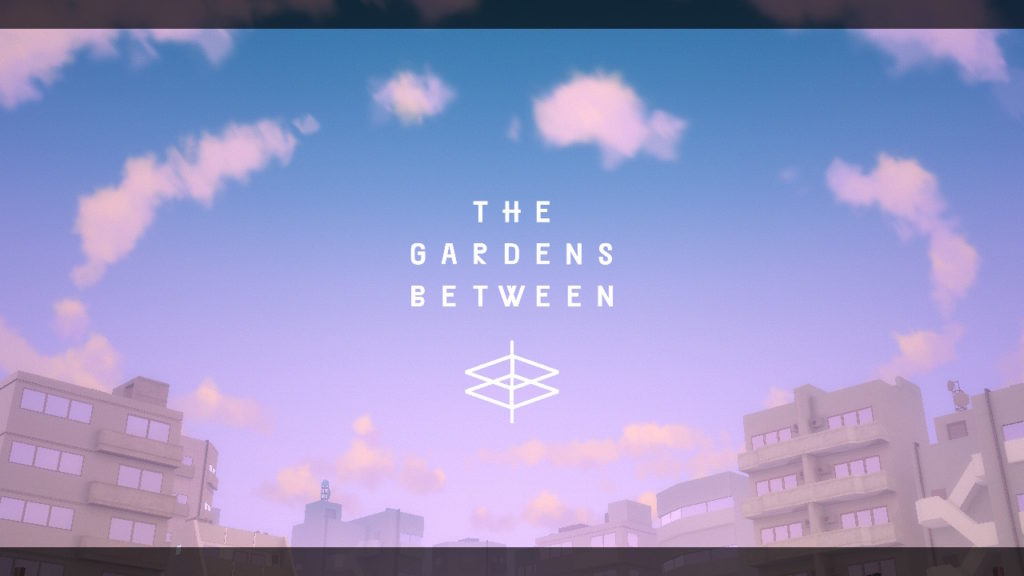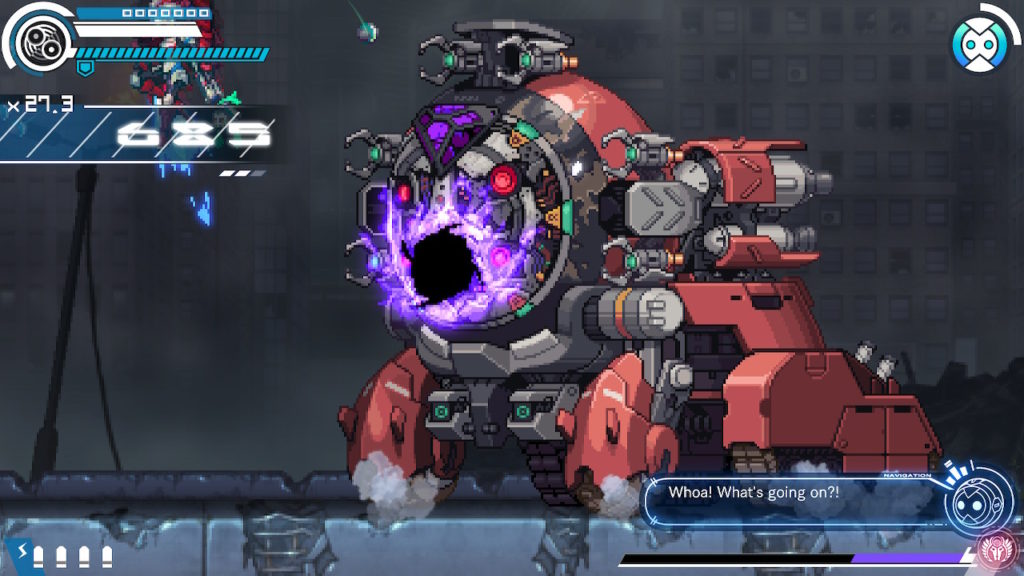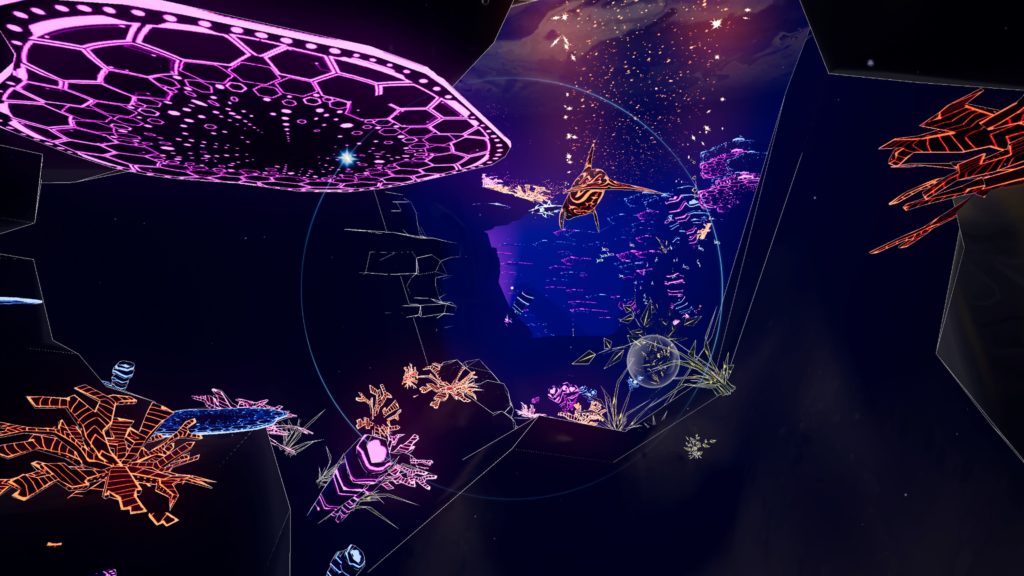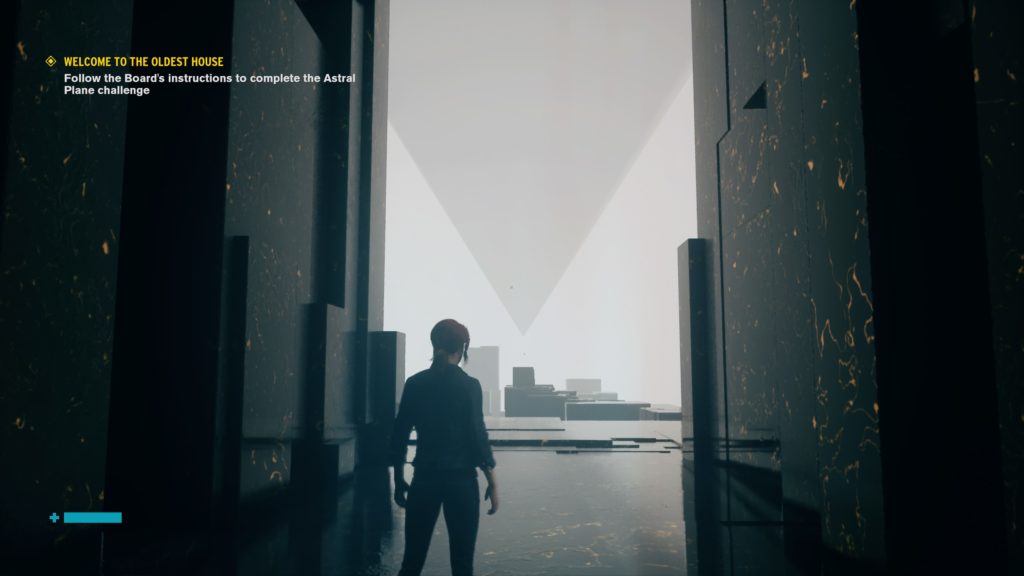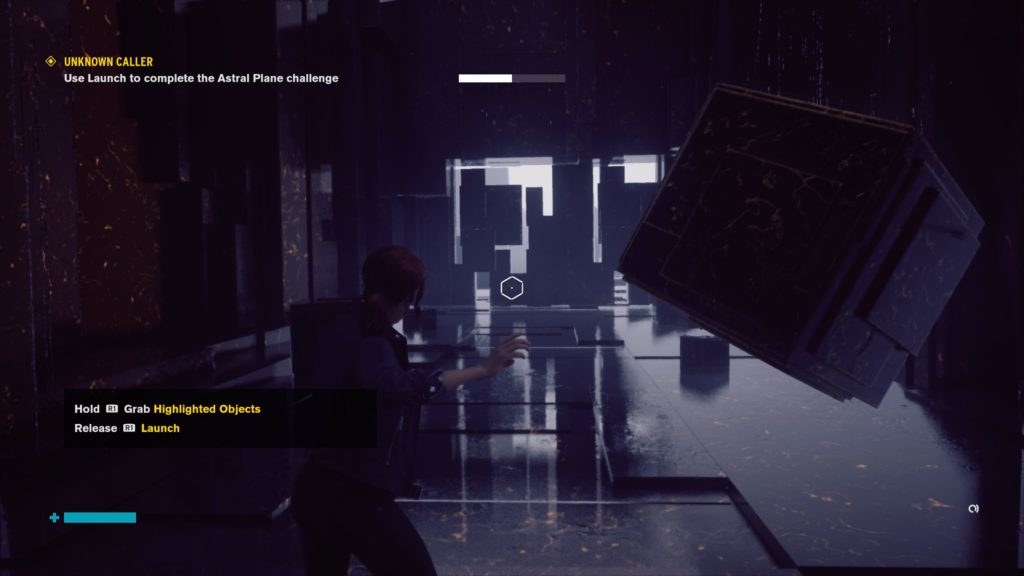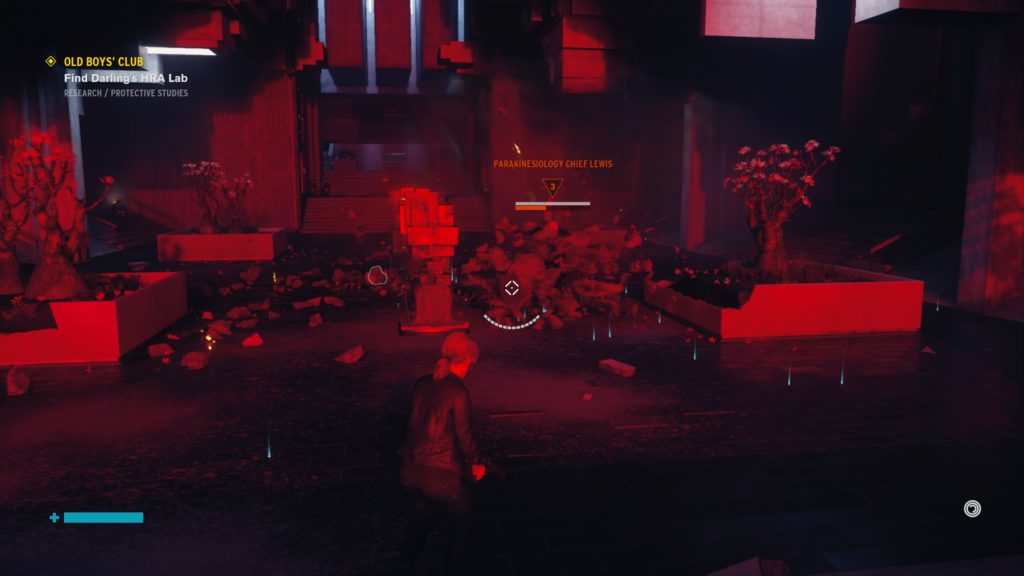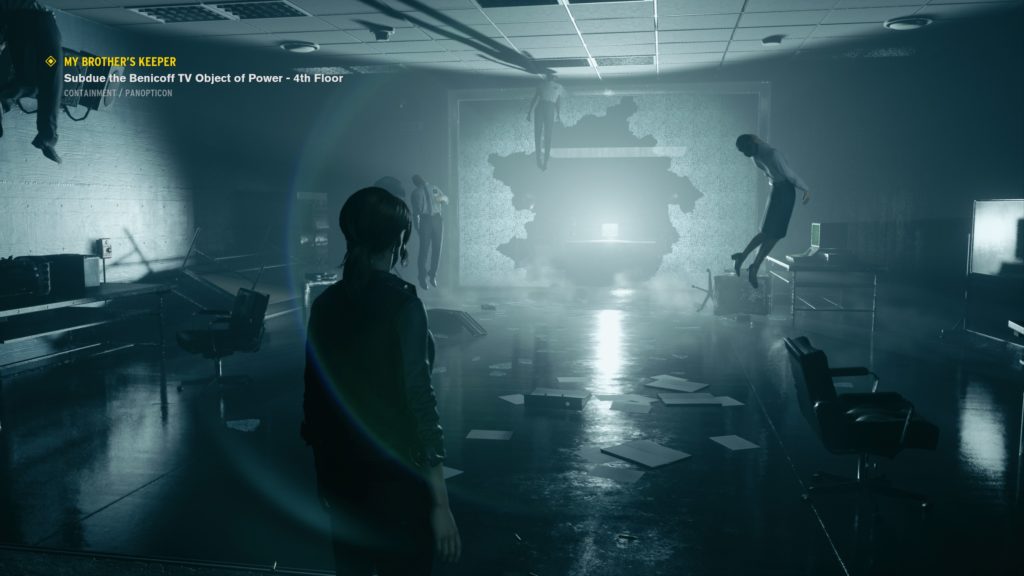- Genre: Survival Horror / Adventure
- Platform: PS4
Admittedly, I wasn’t a huge fan of the first game. The only reason I finished it in the first place was because the story and setting for the game was so captivating. Mechanically, it otherwise reminded me a lot of Red Dead 2 – unnecessarily tuned towards realism, and generally clunky. For the sequel, it was again the story that kept me rolling on through, although I was surprised as I played how much the game had mechanically improved. That’s not to say I think that its mechanics are necessarily great, but it felt much better as a game, which allowed me a much smoother path forward through it.
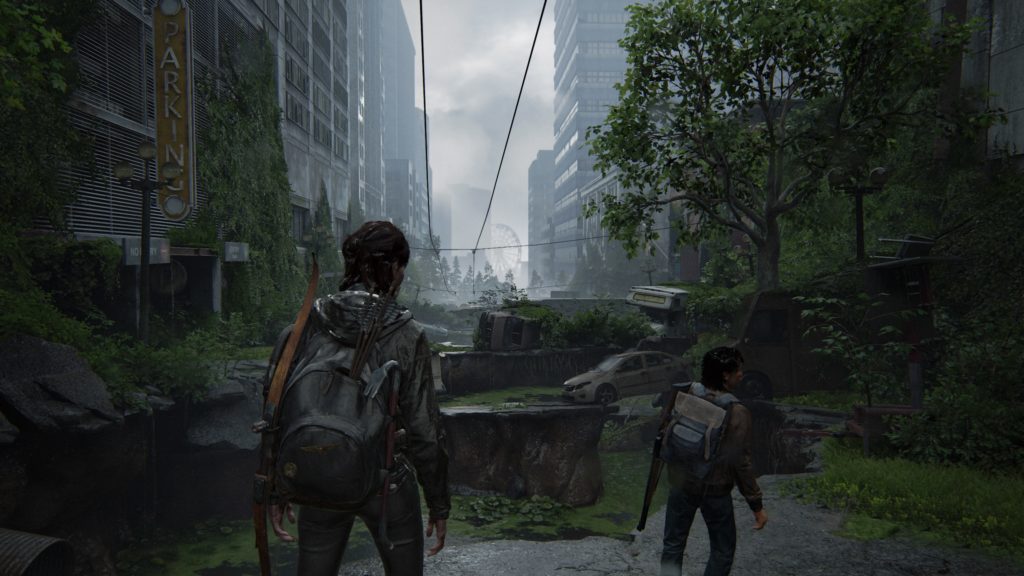
If I look back at the original game, there were a number of mechanics that generally frustrated me that feel much improved here.
Gun combat in the first was pretty difficult, mostly because aiming felt made to be incredibly difficult on purpose. This one was somewhat more tuned to be a game. That’s not to say it was CoD aiming, but it was more forgiving. There were also some upgrades that provided significant boosts to your ability to quickly aim, have stability, etc that made things cleaner. It also just felt like the game was made to support gun-based interactions better. The original felt like guns were there for oh-shit moments. In this one, resources aside, I felt like I could legitimately play the game using gun combat as a primary path, even if I didn’t go that route. It’s better enough that I kind of wonder how much of it has actually changed, or if I just had a better feel for it this go through.
Melee combat was also significantly improved in a way that made me avoid combat significantly less than in the first. Dodging attacks is extremely fast and useful. Enemy tells are obvious without having huge timing windows. The melee combat in that regard is simple – basically dodge and swipe – but it feels fair, and it feels precise. The original game’s mechanics basically resulted in me avoiding combat entirely, because it felt like a death sentence. In this one, oddly large damage at times aside, combat didn’t feel like a reload – it just felt like a different kind of challenge.
However, the big thing that really changed combat for me is that the set pieces felt designed for combat. That’s kind of vague, but this is probably my best description of it. In the original, encounters with the infected were generally stealth sequences with guaranteed death traps. They were tight quarters, often had sound-based traps, and if you triggered the wrong infected, you were screwed. The infected areas in particular were terrible for gun combat, since they were generally winding corridors with no sight lines to shoot. That generally just exacerbated how rough the guns were for me to begin with.
In this one, things are just a lot more free flowing. The encounter areas are generally wider and more open, even when indoors. There’s a lot more escape spots – whether it be vaulting over something, escaping through a gap, or just generally having the horde go back into roving patterns if you kill your immediate target and hide. The same things you can use to vault over can also be used for peeking over and firing. Sight lines are much longer in almost all encounters, giving you more opportunities to shoot and save yourself when things do go wrong. There’s much better ability to even fire silent ranged projectiles like arrows, which greatly enhances your stealth capabilities. Overall, this one felt much better as a combat game, rather than combat being something that is a last resort.
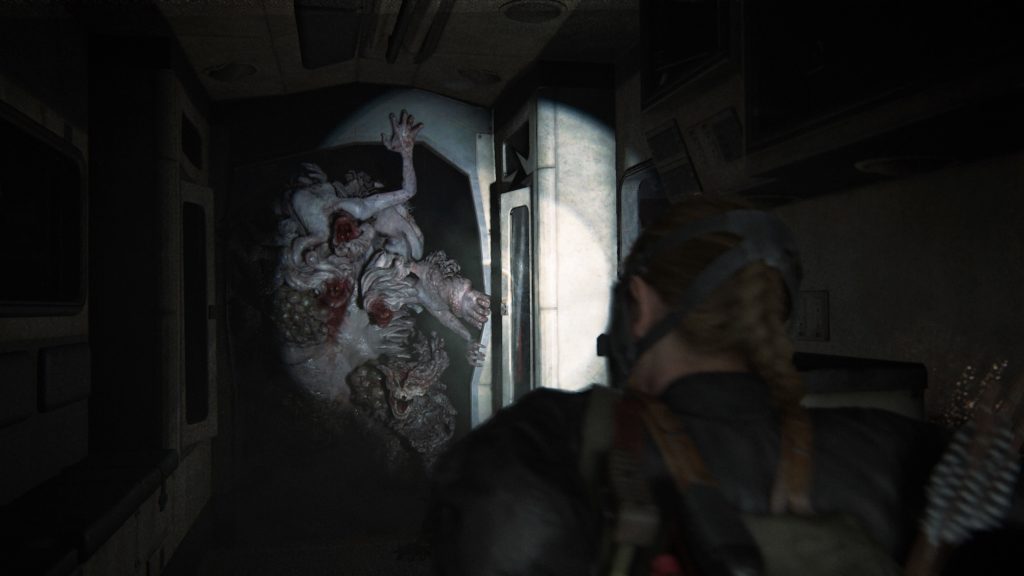
That’s not to say that things always felt great. The picture above is from what is probably the largest boss-style encounter, taking place in the VERY dark and VERY tight abandoned basement of a hospital. This one felt straight out of the original game. I couldn’t see far, I couldn’t navigate well, and I was able to get stuck on things extremely easily. I probably died more in this single fight than the rest of the game, and generally speaking it felt less like mistakes I made, and more the game fighting against me. Luckily, this was far less common than the original.
There was also one early game surprise that really brought me into the game, but quickly and sadly went away. The first day of the first of the game takes place in a pseudo-open downtown Seattle. You get a map, you get to check off areas you’ve explored and pilfered for goods, you actually get to just randomly explore. They so heavily teased an open world experience, with all the side tracking exploration that I love out of that type of game. Then you get to the end of that chapter, and it’s completely linear for the rest of the game. It felt like a cock tease, and even worse is that it worked really well. It was fun to wander over to a big ruin, see if there was a path in, go in and sneak around the infected, and find some prize at the end. That’s not to say that the rest of the game didn’t have some semblance of side tracking, but from then on it was always incidental entering a building you were walking past anyway, and not giving the player the agency of wandering around a city just to explore. In the context of the story it made sense, but I was sad to see the mechanic teased then pulled away.
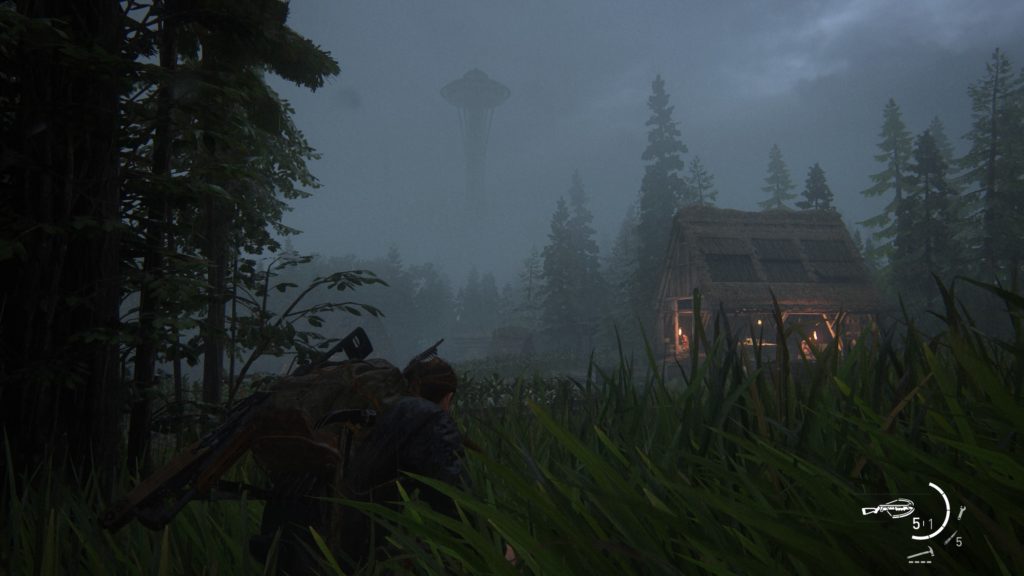
So then, that story:
I suspect I ended up liking the story a lot more than the general internet has, or at least, the internet seems really up in arms about it, and it’s hard to tell how much of that is noise or consensus. There’s no way to really avoid it – Joel came out of the first game looking like a real asshole. I sympathize with what he did, and I sympathize with Ellie being the only immune survivor, but there’s no doubt that Joel potentially fucked humanity. However, the story felt complete. It being complete is what made the start of this one so predictable. Joel was going to get killed by someone in an act of vengeance. There was no way that was going to be avoided, because there’s no reason for the sequel to exist otherwise. If Joel isn’t going to get killed, then him and Ellie are going to be living their best survivor life in Jackson, and this was not going to be a farming simulator.
That’s not to say that the predictability was bad, but it muted what was probably the opening shock moment to me, and it set an early tone for Ellie’s arc in this one. She was always going to come out looking like an asshole on her quest for vengeance. However, I had no problem with that. She had good reasons within her character arc to go out for vengeance, had a good path in doing so, and the payoff was gratifying within the expectations I had.
The big swerve for me in that regard ended up being Abby. Her connection to the first game as the daughter of the surgeon you murder right at the end of the game was incredible. It gave a second arc of vengeance that was definitely convenient in its appearance, but equally strong. Abby’s arc in particular felt more interesting and complete to me. Her arc started as one of completed vengeance, grew into a character learning to trust in others and not so blindly follow orders, and ended back at the beginning in vengeance after Ellie and her crew killed her friends. Of the two arcs, Abby’s felt like it had more overall growth, and wasn’t just fueled of blind rage. In doing so, it added to both of their arcs, and added interesting back story to the path of the original game.
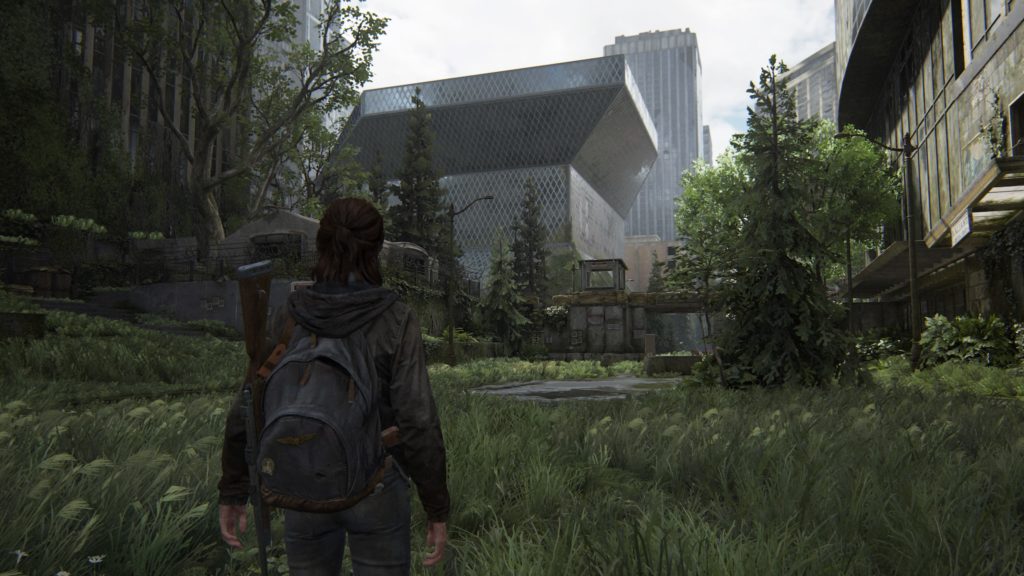
That’s not to say that everything in the story felt great to me. Dina’s pregnancy in the game’s first arc felt a little too like a convenient plot device to give a reason for Ellie having a fixed base in Seattle, and felt too convenient of a way to provide tension in their relationship. Jesse’s character felt like a convenient pop-up helper in the first arc as well, then after he’s killed he felt swept under the rug entirely, as Ellie’s anger through the end of the game was still clearly around vengeance for Joel. The Scars also felt less like the intended “back to nature” rebel group, and more like another convenient way for the second arc of the game to have a large-scale enemy. It gave Abby some room for character growth, but it felt unnecessary when she could have also been rebelling against the group she was a part of with the same end gain.
However, the big issue for me was really the lack of player agency in the finale sequence. This is a similar problem I had with the first game. You had no choice but to escape with Ellie in the original, and you had no choice but to kill the surgeon. Without it, this game wouldn’t exist. This one had a similar problem. The Seattle portion of the game ends with Ellie and Abby facing off, and effectively fighting to a violent draw. They’ve both lost people at each other’s hands, and they’ve gotten to a point where Ellie has lost, and Abby no longer has the will to fight. As an ending, this felt appropriate. They’re both assholes, and neither of them are going to gain anything by killing any more. And then the game continued.
The end arc of Ellie tracking down Abby again to kill her felt forced, especially in how the result panned out. Abby is found imprisoned and at the end of her rope while trying to find any of her past life with the Fireflies. Ellie is emotionally and physically drained, and has abandoned her life with Dina to continue her path of vengeance. Given the rest of the game, it felt like one more unnecessary smack across both of their faces – giving them one more dose of suffering in an already shitty world. You’ve got no choice in the path that this takes, and it’s incredibly frustrating. You can’t help Abby not get imprisoned. You can’t have Ellie just enjoy her life in Wyoming. Hell, you can’t even go for a complete bad ending and have one of them die anyway. In the end, Ellie is alive and goes home. She lets Abby escape to Catalina Island to go to the Fireflies. Ellie has nothing to go home to, and the Fireflies have no ability to even provide her with the saving grace of being humanity’s savior anymore. It all ends in complete hopelessness, and there’s nothing you can do to stop it.
Really, it feels setup in a way that provides a path for another sequel.
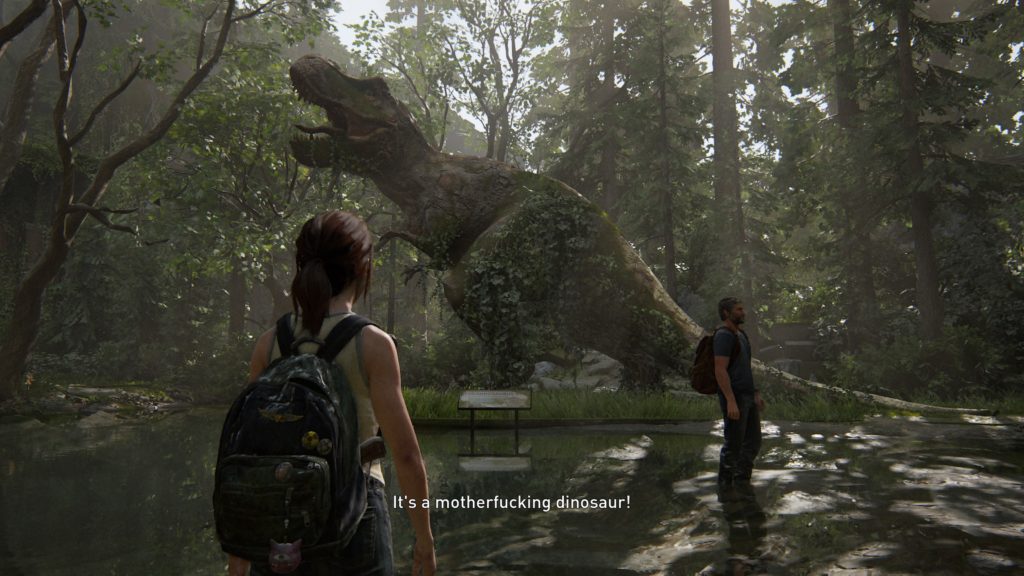
I guess overall, this one fell on the more positive side of what I expected. Given the first game, I expected some mechanical roughness. I definitely got that, but mechanically it fell far more on the positive side that I went in expecting. On the story side, I expected a difficult story, but one that I enjoyed and I got that, even if a few things rubbed me a bit the wrong way. On the setting side, I expected a fantastic compelling setting, and I got that in spades. It’s interesting seeing where this one landed, and it’s a really fine example of what’s possible in game storytelling, despite the fact that the internet seems to be a little angry with the end result.


